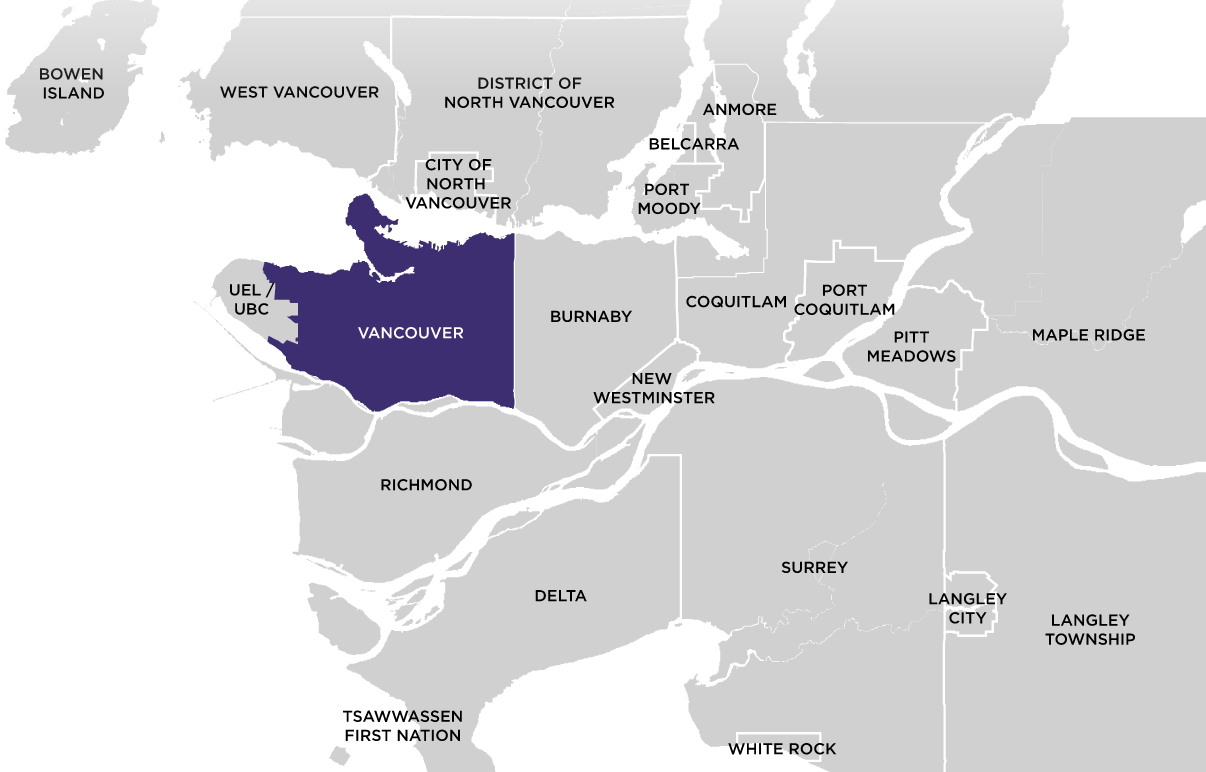
The Official Development Plan (ODP) might sound technical, but it’s something that affects everyone living in Vancouver. While it may not seem exciting at first glance, this plan will shape the city’s growth for the next 30 years. Whether you're a renter, homeowner, investor, builder, or simply someone curious about the city’s direction, the ODP is definitely worth paying attention to.
In 2019, the City of Vancouver launched a public engagement process to create a shared vision for the city’s future. After gathering input from residents, holding surveys, and hosting open houses, the city unveiled the Vancouver Plan in 2022. This plan was an important step toward creating a unified approach to land use, housing, and climate—but it wasn’t legally binding. However, in 2024, the province passed new housing laws requiring Vancouver to turn the Vancouver Plan into a legally binding ODP by 2026.
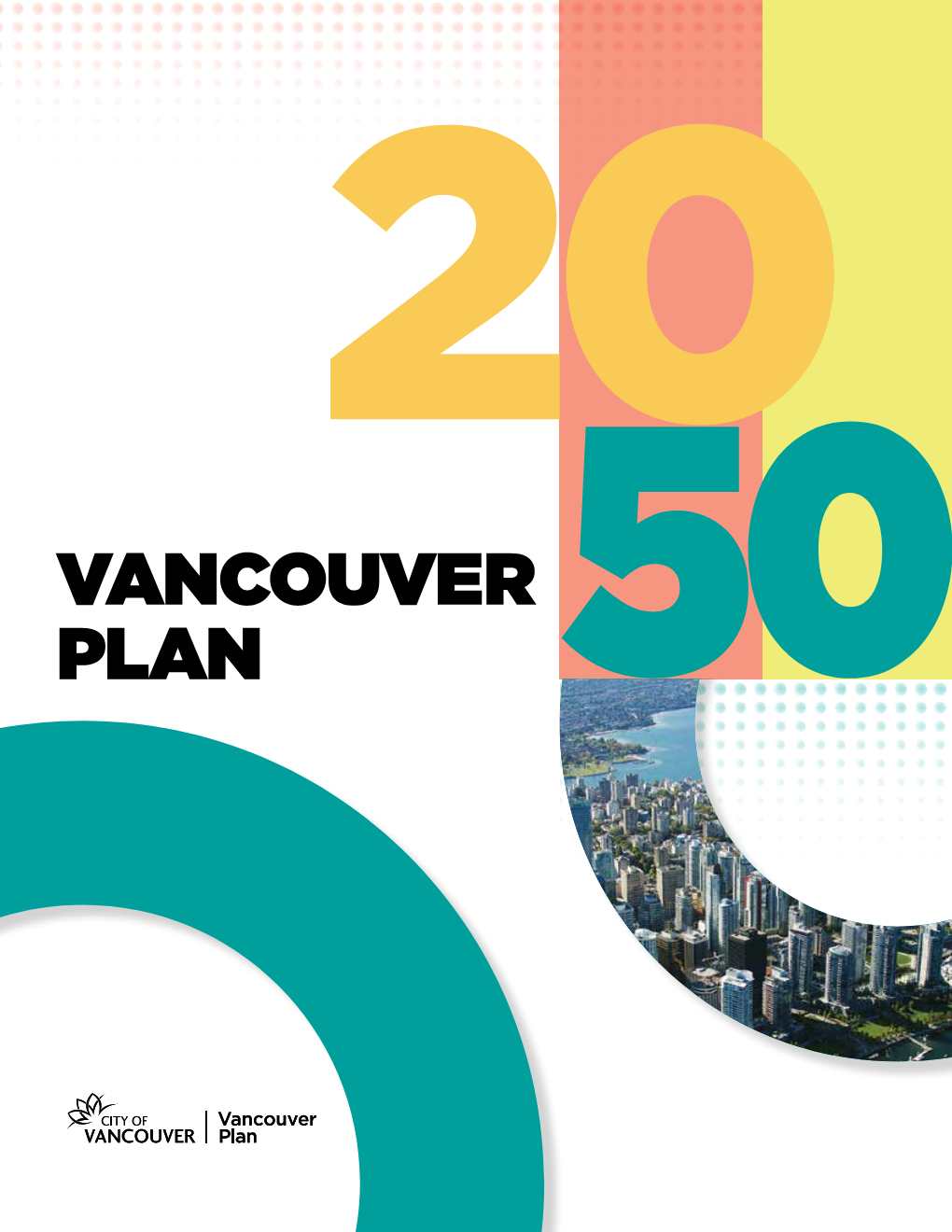
The ODP focuses on three key areas: more housing, a stronger local economy, and a healthier environment.
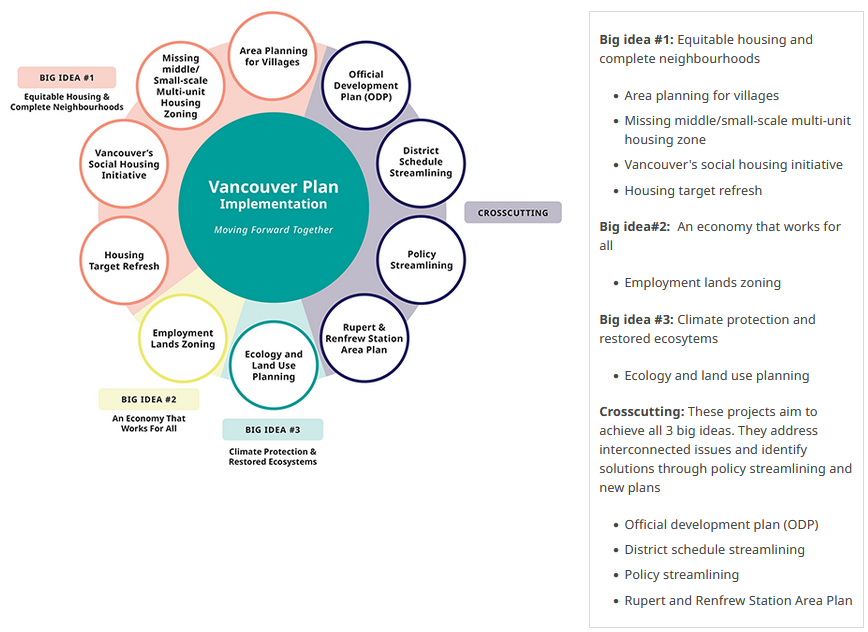
A significant portion of Vancouver is currently zoned for single-family homes. The ODP aims to change that by introducing multiplexes, low-rise rentals, and a variety of housing options for different households, from young families to seniors and students. The idea is to allow more people to live in the same space without changing the character of neighborhoods.
The ODP emphasizes building “complete neighborhoods,” meaning areas where residents can access schools, cafés, grocery stores, and parks within a 15-minute walk or bike ride from their homes. This approach reduces the need for cars and promotes a more walkable, convenient lifestyle.
Currently, half of Vancouver’s jobs are concentrated in just 10% of the city. The ODP aims to spread job opportunities across more neighborhoods, supporting local businesses and creating office spaces outside the downtown core, so people can work closer to where they live.
The ODP also focuses on sustainability, with plans for green buildings, better public transportation, and the restoration of ecosystems. The goal is to make Vancouver more resilient while reducing emissions and protecting natural areas.
These changes are already underway. Vancouver has approved new zoning rules allowing multiplexes on traditional single-family lots. In the new R1-1 zone, for example, up to six strata units or eight secured rental homes can now be built on a single lot.
Additionally, Vancouver is creating “Village Areas” — local commercial hubs designed to support mid-rise buildings up to six storeys. These areas aim to create walkable, mixed-use neighborhoods that offer both housing and amenities.
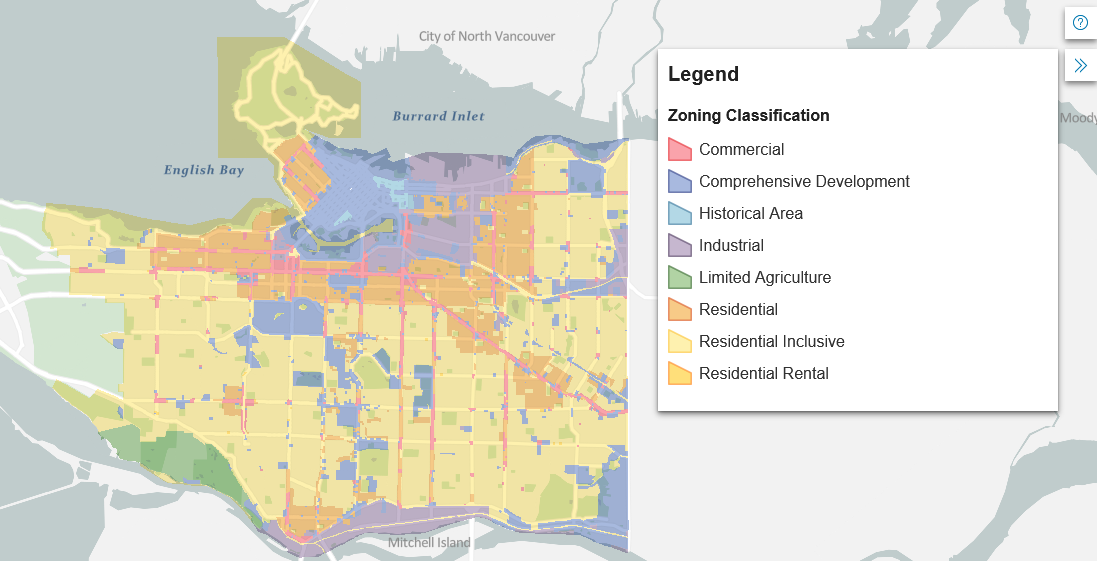
Another significant change is Vancouver’s new Transit-Oriented Area (TOA) policy, which sets minimum building heights near transit stations. Developers can now build up to 20 storeys within 200 meters of a SkyTrain station, up to 12 storeys within 400 meters, and up to 8 storeys within 800 meters. This policy is designed to maximize the potential of Vancouver’s transit system and help people live closer to transit hubs.
Vancouver has also become one of the few Canadian cities to eliminate minimum parking requirements city-wide, giving developers the flexibility to decide how much parking is needed for each project. This opens up opportunities for more creative, efficient designs, particularly in transit-rich areas.
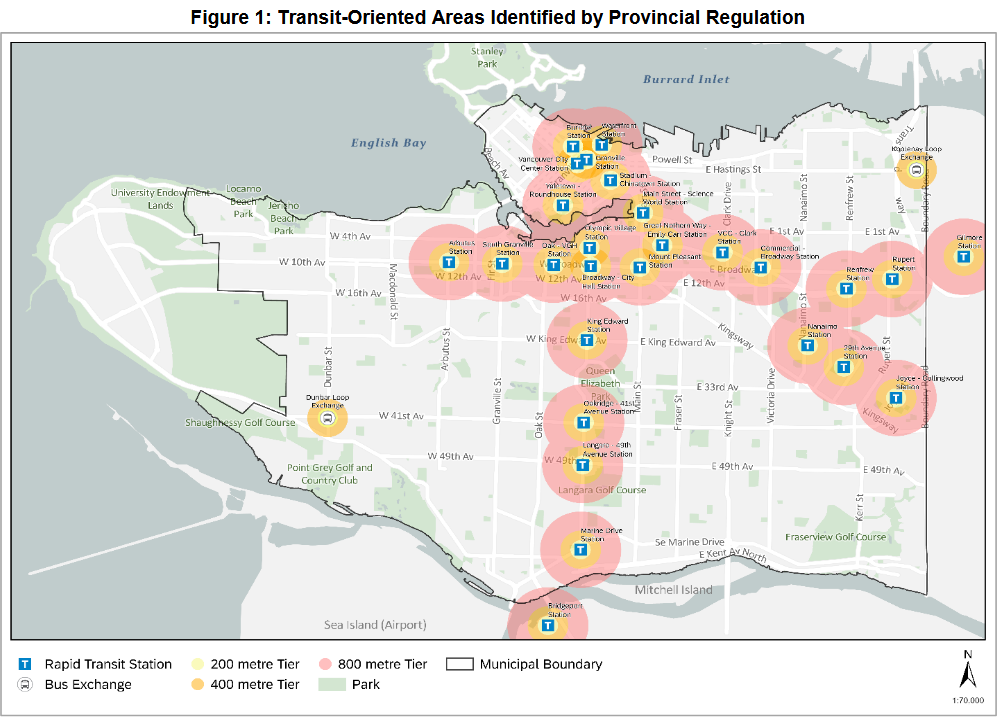
The changes are not just limited to major corridors and SkyTrain lines. Areas like Downtown, Cambie, Rupert, and Renfrew are also being redeveloped. The Broadway Plan, for example, is expected to bring 41,500 new homes and 64,000 new residents over the next 30 years.
However, not everyone is on board with these changes. Some residents have raised concerns about construction noise, congestion, and the impact on the character of their neighborhoods, with growing worries about gentrification and displacement.
By 2026, the ODP will be the official framework governing land use across Vancouver. It will determine where new homes are built, where businesses can operate, and how the city balances growth with livability.
Whether you’re planning to build, invest, or simply want to stay informed about your community, the ODP is something to watch. As Vancouver continues to finalize the plan, it’s essential to stay updated on how these changes will impact neighborhoods and the city’s future.
For a more in-depth breakdown, check out our YouTube video on the Vancouver ODP. Stay tuned for more updates as the city moves closer to making the ODP official in 2026.